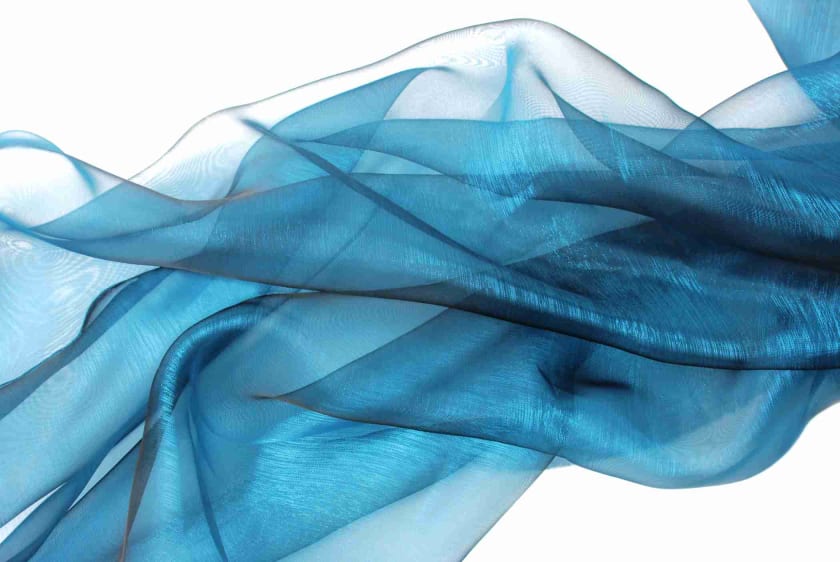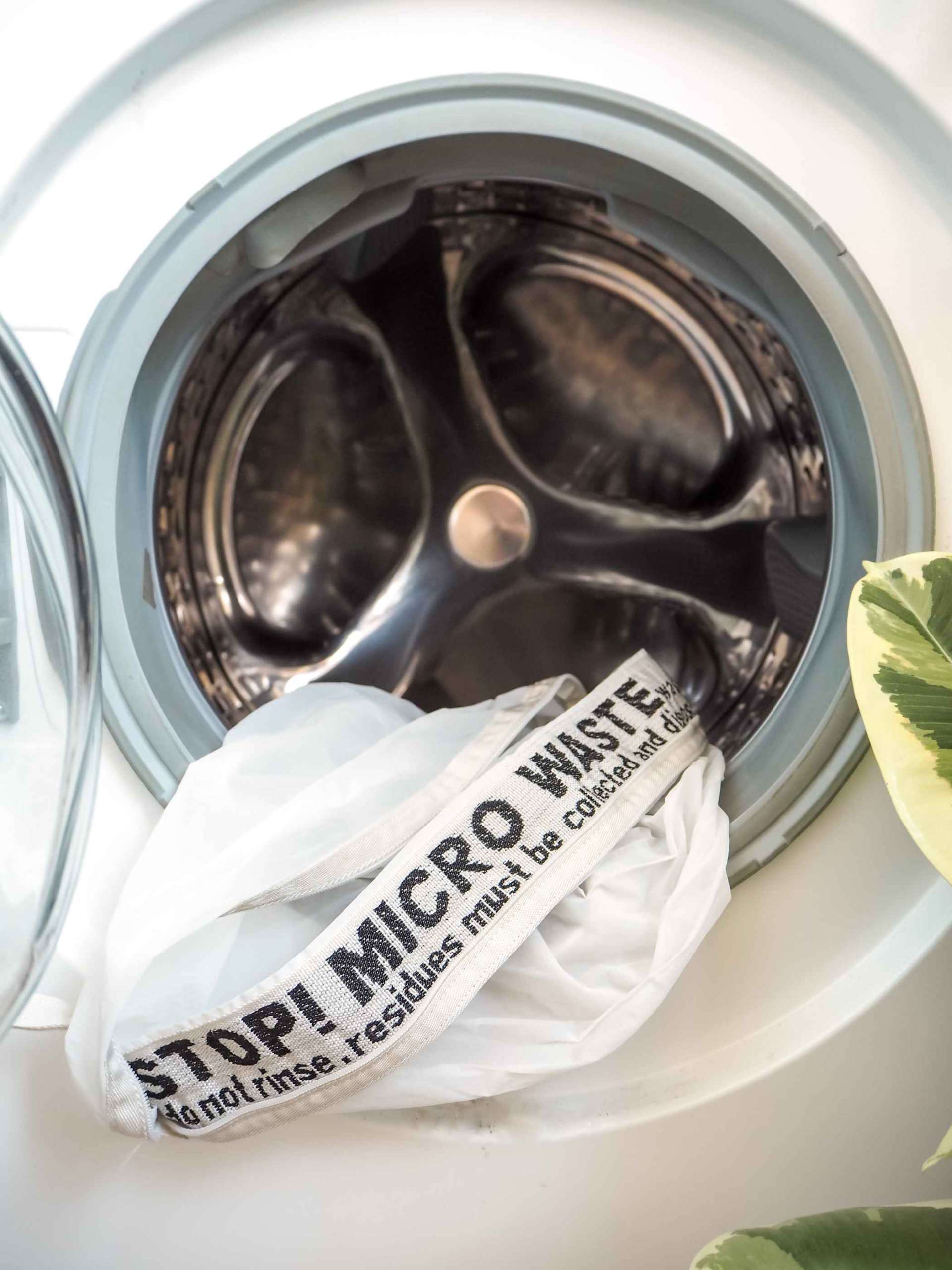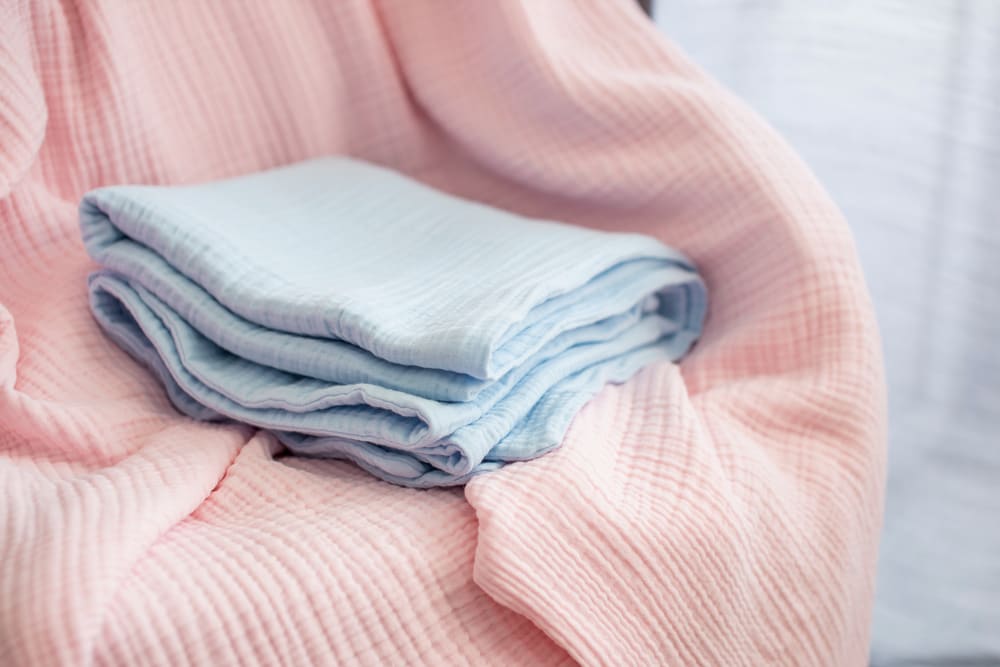Organza : Light and Delicate Fabric



| Fabric | Organza |
| Types | Material variations, Spark organza, Crystal organza and Pearl organza |
| Major Exporter | China |
| Used For | Dresses, scarves, blouses, evening wear, curtains |
| Thread Count | - |
| Breathability | High |
Organza is a thin plain weave, sheer fabric and has been traditionally made from silk. It is fabric that is known for its low dense thread composition and flimsy texture. The organza fabric is crafted with delicacy and beautiful designs are created after which it is dipped in solid colours. The result is a delicate piece of fabric material which is used for special attires. Organza dresses and Organza saree are too popular.
About Organza
Organza fabric is a lightweight, plain weave material with a crisp hand. The fabric is often used as an overlay of garments and other upholstery items. Its cotton variety is called organdy. The fabric has a stiff and wiry finish as it is made from twisted filament yarns. It has a shiny and flowy appearance. Organza is characterised by tiny holes in the fabric. The yarns are first twisted and then treated with acid before being weaved into such delicate fabric. Nowadays organza is widely made from synthetic fibres like polyester and rayon.
Since Organza is very thin and delicate it is susceptible to damage so very special care is required for maintaining the fabric.
The History of Organza
The term Organza is derivative of ‘Organzine’ which is a kind of silk thread made with a simple twist and turn method. Organza originated in China like most other silk fabrics. With the opening of the Silk Road, the fabric found its way to Europe where it became a fashion staple. For centuries now, Westurn culture has depended on Organza dresses for their weddings and other special occasions.

Why is Organza so popular?
Organza is a sheer lightweight fabric that is very breathable. As an overlay of garments, especially silk or satin ones, organza can add a breathtaking look to the whole attire. The thinness of the fabric doesn’t add much weight as an overlay so comfort can be retained despite the decor. The stiffness of the organza fabric makes it easy to handle during sewing. Although prone to tear, the fabric is often found as part of layers hence the tears go undetected most of the time. Organza drapes well and can be folded while layering the garments.
Uses of Organza in the fashion
Dresses, scarves, blouses, evening wear, curtains are common materials that come with organza fabric. Organza is the most popular choice of wedding dresses. Used especially as an overlay, organza fabric is a popular choice of decor as in the lampshades. Many evening wear take up organza as the overlay design for its gorgeous appearance. Organza saree is an attractive festive or party attire in India.
Major exporter of Organza
China is the biggest exporter of organza fabric. India produces Organza too, a coarser variety of which can be found in the Bangalore region. Indonesia, Bangladesh and Pakistan produce some amount of organza fabric.
When to use Organza?
The use of organza is not necessarily dependent on season. It is an overlay fabric and can be used in any season for any season. Its lightweight, thin and breathable texture does not add any kind discomfort to any attire it is used in. Many festive seasons see organza as its staple choice of fabric.
Types of Organza
Material variations were originally made from silk but now it is more common to find organza fabric made from polyester or nylon. Spark organza is named for the bright sparkles that are included in its weave. Crystal organza does not have any noticeable sparkles, but it does shimmer. Pearl organza is named for its pearlescent color, and it also has a shine that makes it similar to the appearance of real pearls.
Environmental Impacts
Traditional Organza which is made from silk is sustainable and eco friendly as silk is a biodegradable natural fibre. Even the process of production does not involve any harmful substance therefore no toxin release is possible. However, the synthetic variation of organza using rayon and polyester is responsible for piling up the plastic waste as these synthetic fibres are non-biodegradable. The animal rights activist may take up an issue since the silkworms are required to be boiled alive. Apart from this the organza fabric is a sustainable option compared to any synthetic counterpart. Global Recycle Standard (GRS) certifies synthetic organza fabric if it has recycled elements. The Global Organic Textile Standard (GOTS) and Silk Mark too offer certifications for original silk.



















